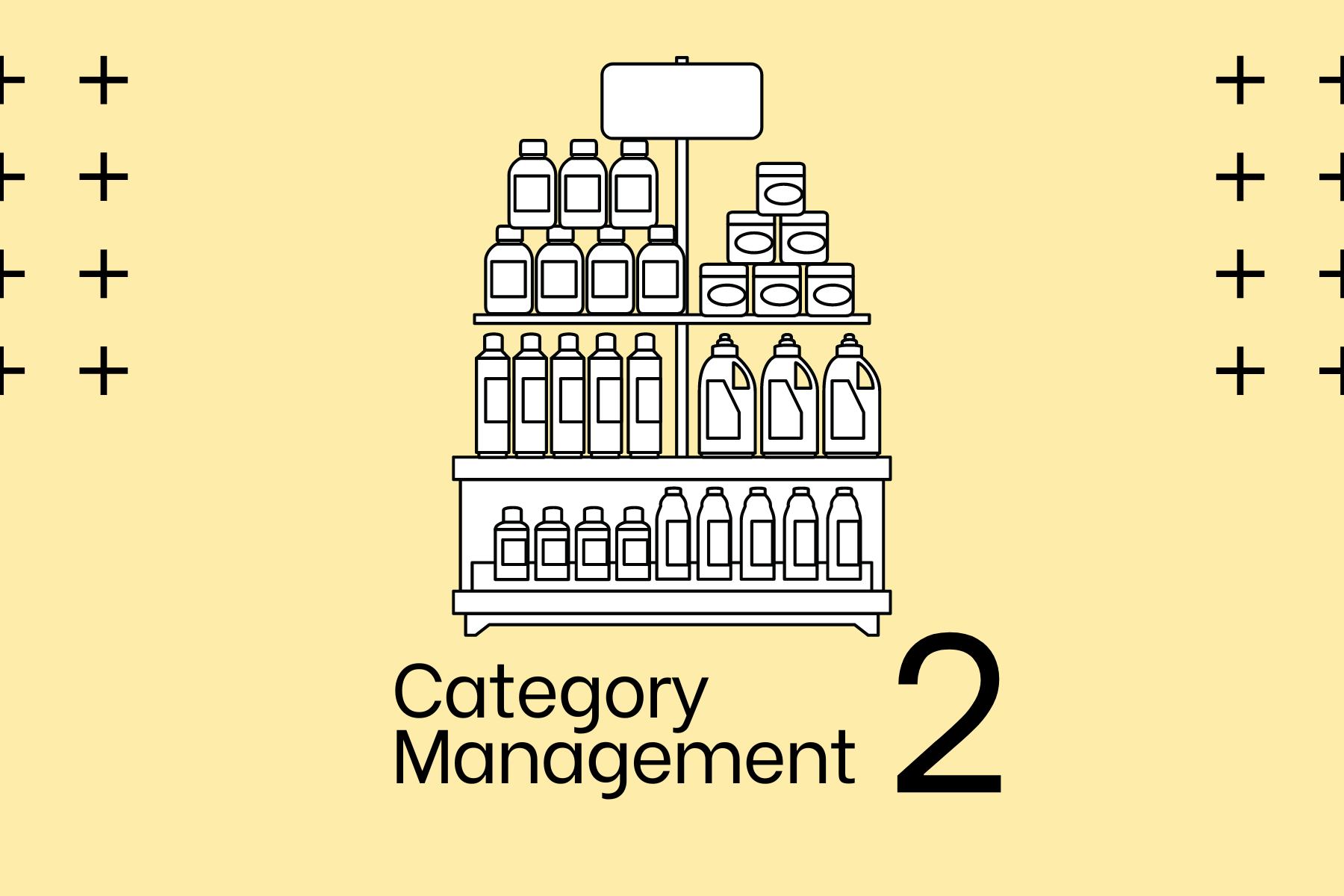Yes to be precise, it’s NielsenIQ.
The story goes back to 1923, when Arthur C. Nielsen Sr. founded Nielsen in Chicago, despite the change of company name to “The Nielsen Company” since 2007, many people still call it “AC Nielsen”. The global market research giant had 2 most well-known services, Global Media focusing on media market metrics, and Global Connect supplying CPG data to manufacturers and retailers. In 2021 Nielsen completed the sell of its Global Connect Division. The separation saw the disappearing of the familiar Nielsen blue and grey logo, and launch of 2 new brands, NielsenIQ (the former Global Connect) becomes a private company specialising in consumer goods data, and Nielsen for media data. Early July 2022, NielsenIQ announced the decision to combine with GfK, another top player in market data (more in durables and technology), indicating an even stronger global footprint and industry coverage. Below I’m still using Nielsen short for NielsenIQ.
1. How Nielsen Collect Data
According to Nielsen, its UK Retail Panel (2020) covers over 73 000 stores + the value retailers (~2400 stores such as Poundland and b&m), worths over £160bn – 85-90% of total packaged food retailing revenue.
1). Modern Trade (the big four, Waitrose, Boots, Booth, Iceland, M&S, Coop, etc.): Transactional data collected from the coop retailer on weekly basis. The collected data are 1) Product 2) Quantity 3) Selling Price 4) Date. Nielsen creates a unique code for each SKU:
Nielsen code=Barcode + Retailer code
2). General/Traditional Trade (independent and symbol stores): Through a panel that’s designed to represent market reality of retail landscape. Nielsen buys data from them and extrapolates.
3) Some notes:
a) Nielsen might back run data when they are 1) enhancing the panel by including more regions, channels (no fixed plan or schedule) or retailers, or 2) updating the universe by increasing number of store in traditional trade (annually most of time).
b) From my understanding, even with scanned data, Nielsen complete it with further projection as retailer “mask” sales of some PL and exclusive products.
c) For all independent store data in the UK, it’s mainly projection.
d) No data for Lidl and Aldi from the EPOS scanned data, but Nielsen has estimated data based on homescan and other methods.
e) Data for OCADO is included.
f) KAD available for most key grocery multiples except M&S and Booths, and there’s online KAD split for some of them such as Morrisons and ASDA, key retailers Tesco, Sainsbury’s, Waitrose are falling out of scope.
g) Nielsen claims 95% of online sales in the Nielsen Universe are already aggregated into Scantrack.
2. Key Metrics in Nielsen
1) Key dimensions in the data:
MARKETS (Regions / Channels / Distribution)
PERIODS(Yearly / Monthly / Weekly)
FACTS (Value / Volume by weight and unit / Average Price and Price Index)
PRODUCTS (Categories / Brands /…SKUs)
2) Key metrics:
With market data of the above dimensions, we could look at its
size (value, volume, distribution of the market, category, sub-category, brand etc)
contribution (share, contribution to the market/cateogry/brand growth and decline, etc.) and
trends (changes over time, in price, pack size, flavour, distribution).
Below I also listed all the key metrics that we cannot ignore in Nielsen Analysis, with great reference from CPG Data Tip Sheet (my go to blog for CPG data learning).
a) Sales: the bottom line
b) Distribution (where it’s sold): no sales without which
Numeric Distribution: % of stores listing your products.
Weighted Distribution: represents your exposure to consumer spending.
– ACV Weighted Distribution: of all the stores listing your products, what’s their % sales contribution to total store sales. This is based on ACV (All Commodity Volume: total sales value of all items in a store/retailer, a common way to measure size of a store or a retailer).
– PCV Weighted Distribution: of all the stores listing your products, what’s their % sales contribution to total category. PCV (Product Class Value): total sales value of all items in particular category.
Total Distribution Points (TDP): are calculated by adding the Weighted Distribution of each individual item, irregardless of retail shelf space. Weighted Distribution only tells us the breadth of distribution. TDPs factor in the depth (number of items sold) of the distribution to show a more complete picture for a brand.
– Compare TDP among brands to see which brand has the best product availability (2 brands could have same weighted distribution, but the one with higher TDP has best availability)
– Over the time to see brand’s availability changes (if we just use WD, the number could stays the same even if some products are gone)
– If we know we have new listing or NPD listing, should pay special attention on TDP, because that means higher TDP. However if the TDP has no change or even lower, could mean other products were swapped out.
c) Velocity (how quickly to be sold): a combination of sales and distribution, i.e. how well your product sells when it’s on shelf. Sales = Distribution * Velocity.
SPPD (Sales Per Point of Distribution) = Value sales / Weighted Distribution (not Numeric Distribution, to compare sales per equivalent base, can use volume as well depends on what you want to measure). This enable us to compare the productivity of different SKUs across shop floor.
Difference with ROS, another Velocity metrics
ROS = how much your product is sold in an average store
SPPD = how much your product is sold for each distribution point
d) Promotional Sales: Nielsen measure Incremental Volume: how much extra volume you sold due to promotion. Incremental Volume = Actual Volume – Base Volume (Average Based on the Past).
Latest Blogs
Covid has changed the entire humanity. Amid all the negatives from hos...
我新认识了一个好朋友。 到了这个年纪,认识一个新的好朋友很不容易。 因为是爸爸朋友的孩子,又是高中校友,我们知道彼此超过20年,但也只是3年...
Following “Category Management – 1 The Basics”, is t...
As originated from retail business, Category Management (Catman) was s...




